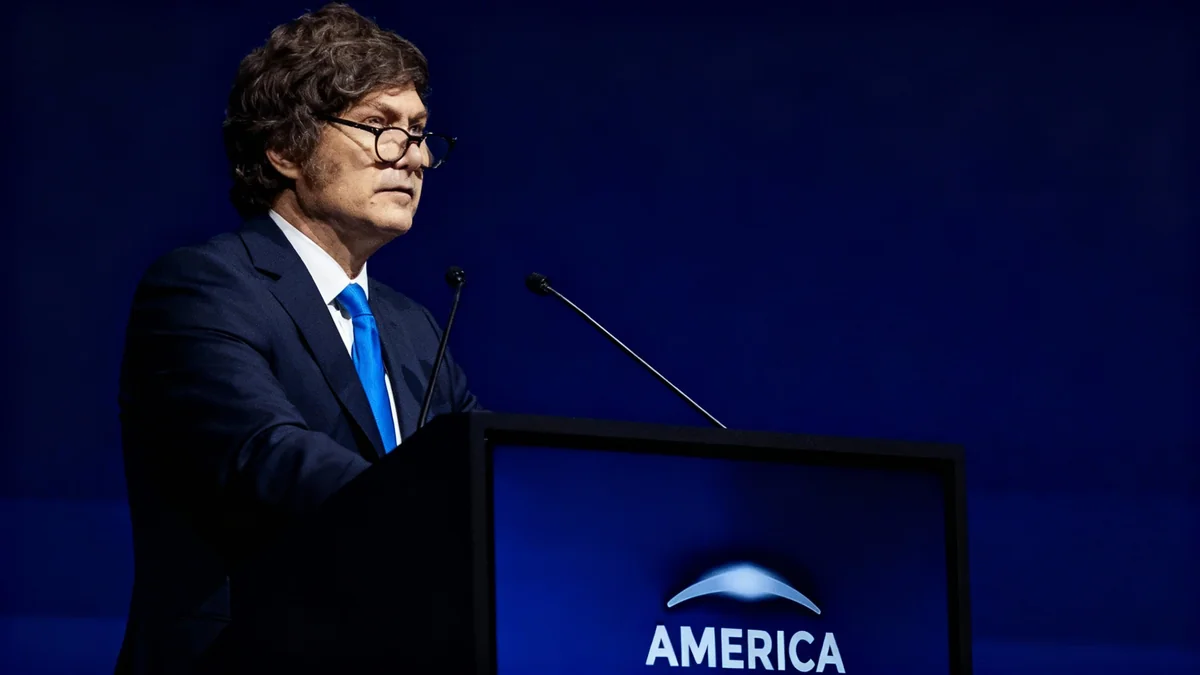The Bank of Japan (BoJ) is prepared to continue raising interest rates, provided the nation's economy and inflation trends align with its forecasts. This was a key consensus among board members, according to the minutes from their July monetary policy meeting released on Thursday.
The detailed record reveals a board carefully weighing domestic economic strength against global uncertainties, particularly developments in the United States. While members share a common goal of policy normalization, their opinions differ on the timing and pace of future rate increases.
Key Takeaways
- The Bank of Japan board agreed to raise interest rates further if economic growth and inflation meet projections.
- Opinions among members varied, with some advocating for prompt rate hikes while others urged caution and more data analysis.
- External factors, including U.S. monetary policy and foreign exchange volatility, were identified as significant risks.
- The minutes follow the BoJ's historic decision in March 2024 to end its long-standing ultra-loose monetary policy.
Consensus on Future Policy Direction
The primary takeaway from the July meeting minutes is the shared expectation among Bank of Japan board members that further interest rate hikes are on the horizon. The consensus hinges on whether Japan's economic performance and price movements continue to follow the central bank's official projections.
This forward guidance suggests that the BoJ is committed to moving away from the era of ultra-low interest rates that defined its policy for over a decade. The bank is now focused on a gradual normalization process, aiming to align its policy rate with improving economic fundamentals.
Differing Views on Urgency and Timing
Despite the general agreement, the minutes highlighted a spectrum of opinions regarding the pace of these future hikes. Some members expressed a clear sense of urgency, arguing that the bank should not miss the opportunity to act.
One member stated that the BoJ should raise rates when possible, arguing that Japan’s policy rate remains below the level considered neutral. This member cautioned against being “too cautious and miss opportunity to hike.”
Another member supported this view, suggesting the policy rate should be moved closer to a neutral level as inflation strengthens and the output gap—the difference between the economy's actual and potential output—closes.
Conversely, a more cautious camp stressed the need for careful observation. One member emphasized that the central bank must first scrutinize the full impact of its initial rate hike in January before making further moves. Another called for patience, stating that more data is needed before making new policy decisions, pointing to the potential for rapid shifts in U.S. monetary policy and foreign exchange markets.
Market Reaction
Following the release of the BoJ minutes, the currency market reacted promptly. The USD/JPY pair, which reflects the exchange rate between the U.S. dollar and the Japanese yen, climbed 0.76% to trade at 148.75.
Navigating Global Economic Headwinds
The BoJ's policy discussions are heavily influenced by external economic conditions. Board members dedicated significant attention to the global landscape, particularly the economic health of the United States and its trade relationship with Japan.
Many members acknowledged that the recent U.S.–Japan trade agreement had reduced some economic uncertainty. However, they also agreed that existing tariffs still require close monitoring for their potential impact on Japan's economy and price levels.
Focus on U.S. Economic Data
The actions of the U.S. Federal Reserve were a central point of discussion. One board member noted that U.S. monetary policy and currency exchange rates could shift quickly depending on incoming U.S. inflation and employment data. This highlights the BoJ's sensitivity to policy decisions made in Washington.
Another member suggested that the BoJ could exit its current "wait-and-see" stance on rate hikes as soon as this year. This scenario, however, depends on the U.S. economy proving resilient and the subsequent impact on Japan's own economy being limited. This illustrates the interconnectedness of the two economies and the challenge the BoJ faces in setting a domestic policy course.
A Historic Policy Shift
The current discussions are part of a major transition for the Bank of Japan. In March 2024, the bank ended its era of ultra-loose monetary policy, which had been in place since 2013. This policy included several unconventional tools:
- Quantitative and Qualitative Easing (QQE): A massive asset purchase program to inject liquidity into the economy.
- Negative Interest Rates: Introduced in 2016, this charged commercial banks for holding excess reserves at the BoJ.
- Yield Curve Control (YCC): Also from 2016, this policy targeted the yield of 10-year Japanese government bonds to keep borrowing costs low.
The decision to unwind this framework came after inflation in Japan consistently exceeded the bank's 2% target, driven by a weaker yen, rising global energy prices, and the prospect of sustained wage growth.
The Bank of Japan's Long-Term Strategy
The minutes provide insight into the BoJ's strategic pivot after years of aggressive monetary stimulus. The central bank's primary mandate is to maintain price stability, which it defines as an inflation target of around 2%.
For years, Japan struggled with deflation or very low inflation. The ultra-loose policies were designed to combat this trend and stimulate economic activity. The massive stimulus programs led to a significant depreciation of the Japanese yen, especially in 2022 and 2023 when other major central banks were aggressively hiking rates to fight inflation.
Implications for the Japanese Yen
This policy divergence between the BoJ and other central banks, like the U.S. Federal Reserve, caused the interest rate differential to widen, putting downward pressure on the yen's value. A weaker yen makes imports more expensive, contributing to inflation in Japan.
The BoJ's policy shift in 2024, and the potential for further rate hikes discussed in the July minutes, signals a potential reversal of this trend. As the BoJ normalizes its policy, the interest rate gap with other countries could narrow, which may provide support for the yen over the long term. However, the cautious tone from some members and the focus on external risks suggest this will be a slow and deliberate process.





